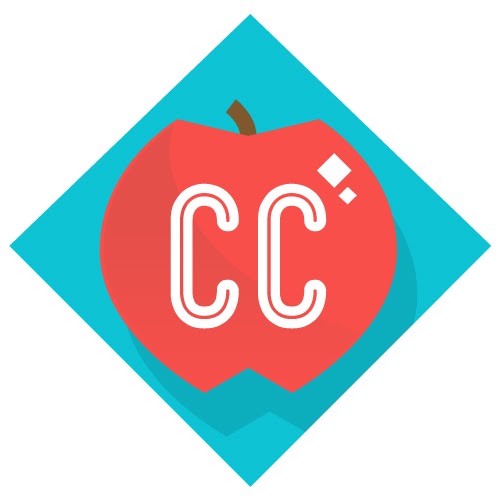2017-05-10
[public] 790K views, 21.8K likes, 312 dislikes audio only
Get your first two months of CuriosityStream free by going to http://curiositystream.com/crashcourse and using the promo code “crashcourse”.
So we ended last episode with programming at the hardware level with things like plugboards and huge panels of switches, but what was really needed was a more versatile way to program computers - software! For much of this series we’ve been talking about machine code, or the 1’s and 0’s our computers read to perform operations, but giving our computers instructions in 1’s and 0’s is incredibly inefficient, and a “higher-level” language was needed. This led to the development of assembly code and assemblers that allow us to use operands and mnemonics to more easily write programs, but assembly language is still tied to underlying hardware. So by 1952 Navy officer Grace Hopper had helped created the first high-level programming language A-0 and compiler to translate that code to our machines. This would eventually lead to IBM’s Fortran and then a golden age of computing languages over the coming decades. Most importantly, these new languages utilized new abstractions to make programming easier and more powerful giving more and more people the ability to create new and amazing things.
Produced in collaboration with PBS Digital Studios: http://youtube.com/pbsdigitalstudios
Want to know more about Carrie Anne?
https://about.me/carrieannephilbin
The Latest from PBS Digital Studios: https://www.youtube.com/playlist?list=PL1mtdjDVOoOqJzeaJAV15Tq0tZ1vKj7ZV
Want to find Crash Course elsewhere on the internet?
Facebook - https://www.facebook.com/YouTubeCrash...
Twitter - http://www.twitter.com/TheCrashCourse
Tumblr - http://thecrashcourse.tumblr.com
Support Crash Course on Patreon: http://patreon.com/crashcourse
CC Kids: http://www.youtube.com/crashcoursekids
/youtube/video/RU1u-js7db8?t=0
/youtube/video/RU1u-js7db8?t=36
/youtube/video/RU1u-js7db8?t=443
/youtube/channel/UCX6b17PVsYBQ0ip5gyeme-Q
youtube.com/channel/UCq6OAftTQOuUBRdtUDq5SUA
youtube.com/channel/UCwTZ-JLF5FQ3EmQ2nPaS-lg
/youtube/video/tpIctyqH29Q

